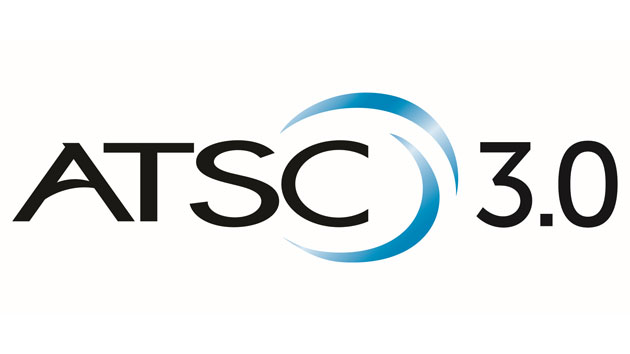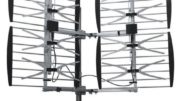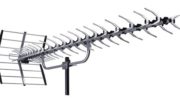The other day I was talking to a broadcast industry professional and my jaw about dropped. He said something like, “well when all those stations change frequencies, we’re all getting 4K.” Folks that isn’t true. You all probably know that but I’m going to lay it out so you can send this article to your friends who are probably much more confused than you are.
What is a “repack?”
In April, 2017, the FCC finished a multiyear process where UHF channels 38-51 will stop carrying TV and start carrying cellular data. (Channel 37 already carries radio astronomy signals and isn’t used by TV broadcasters.This is a good thing because we all want and need more cellular data.
Broadcast technology has obviously improved since the 1940s when TV station rules were created. Back then you needed a completely empty channel between most channels to avoid interference, and you couldn’t even have adjacent channels in adjacent markets. So, if you had channel 9 in New York City, you couldn’t use channel 8 or 10 in Hartford. You ended up needing a lot of empty space to make the system work.
Today that isn’t the case so, all the existing stations are being “repacked” into channels 2-36. Most will stay in channels 14-36, but you’ll probably see more channels moving into the VHF band. There’s a ton of information about it here including a link to a site where you can find out what’s happening in your market.
But listen carefully — when that “repack” happens, antenna users will have to rescan for channels, but that’s it. Nothing else will happen and the TV signal will look just the same as it does today.
Wait, the repack doesn’t give me 4K?
No, it doesn’t. In fact you may never get 4K. I’ll explain why below.
OK, so what is “ATSC 3.0?”
ATSC 3.0 is the next generation of television broadcasting. It’s as different from the current generation (ATSC 1.0) as old analog TV (NTSC) was from today’s TV. It’s totally incompatible with TVs made today.
ATSC 3.0 is really more advanced, and if you look at what it’s capable of, you’ll see what I mean.
- 4K over-the-air TV
- up to 6 HD program streams on one channel
- On-demand and pay-per-view using an antenna
- Ability to watch TV in a moving vehicle
That’s all great and all, but before you get too excited, you need to understand something really big. Just like last time, if we make the changeover to ATSC 3.0 we’re talking about an act of Congress to get things started, then a transition of 3-5 years before the old ATSC 1.0 stations go off the air, and yet another “repack.” You’ll need new TV hardware, too, if you want to get the new signals.
All this starts with Congress. And let’s be honest, no matter where you personally fall on the political spectrum, you probably think Congress is filled with useless yahoos. And there’s a lot to think about here. Congress has to decide if they’re going to allocate billions of dollars to this plan like they did last time. They also have to decide if they will let broadcasters charge for over-the-air content. That’s been a big no-no in the past, but broadcasters are saying it’s a must-have now.
Congress hasn’t set a timetable for even talking about ATSC 3.0. The FCC will let broadcasters do test broadcasts, but that’s it. There are even people who are saying it’s too early to start talking about this, that it’s going to have to wait until the repack is over (which will be in 2020.) So it’s very possible that if ATSC 3.0 becomes the only broadcast standard in the land, it won’t be until 2025. It’s possible things will go faster but does that sound like the way the government does things?
And, there’s another issue no one’s talking about.
The “repack” reduces the usable channel pool to 35 channels. That’s not enough for most markets to have both an ATSC 1.0 and an ATSC 3.0 version running at the same time. That’s how it was done during the transition from NTSC to ATSC 1.0 but it’s not clear how it will be done the next time around. Back then you had 68 channels to play with. Today you have about half that.
So, not only will you not get 4K with the “repack,” it may be stopping you from ever getting it.
This is a very confusing time for a lot of people, so ask questions, get good answers, and be sure to explain it to your friends!





